Style your home in 6 Easy Steps
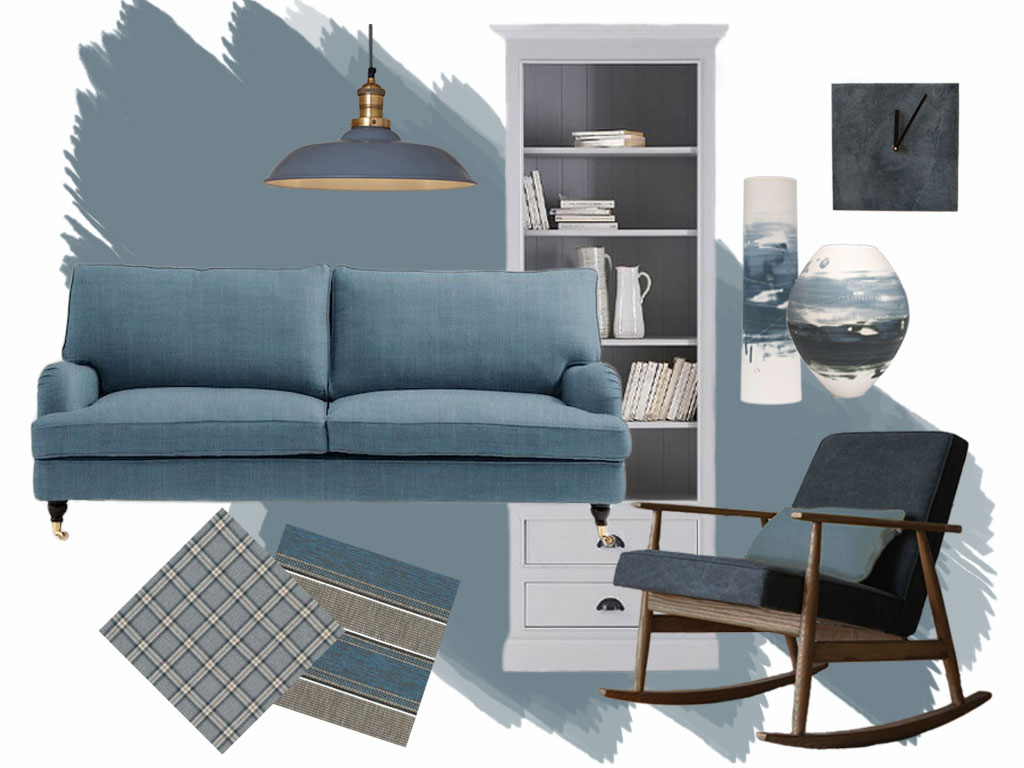
Step 1
Find your inspiration
There is a huge amount of psychology behind uses of colour and it can play a very important role in creating the atmosphere you want to achieve in your home. This is an area with couples that can create the greatest tension. You may love the latest trend for Blush Pink – but it may be a bit too feminine to please everyone. With colour, it is best to compromise and find a shade that you both are happy to live with.
Taking a paint colour for inspiration. We have chosen ‘Denim Drift’ by Dulux, to create our Moody Blues mood board. Now, I do feel that Moody Blues is not our most creative moodboard. But, as soon as it went on pinterest, I was surprised to see it become our most popular. From the boards that people are pinning it to, it seems that we are loving this colour for the bedroom.
Denim Drift is a warm greeny/grey/blue and it’s a muted hue. It’s charm is that it works really well in both a period or contemporary style home. This is a colour that’s very easy to live with:- it’s not too bold, not too deep and not too ‘of the moment’ to date.

Dulux – Denim Drift
Blues are usually cool colours – but Denim Drift has a warm green tinge.
Step 2
Gather your ideas
My first stop for ideas was the Dulux Website. They have created rooms sets to inspire you and a complimentary range of paint colours to help you with ideas for walls, skirting and door finishes.
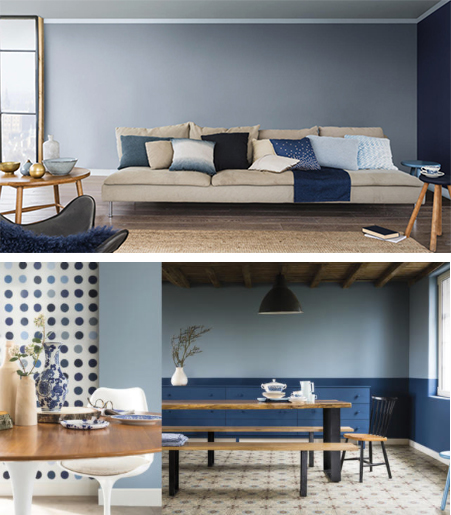
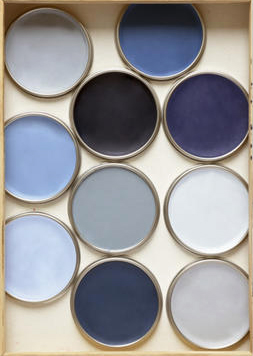
Dulux are showing a harmonising range of blues and greys to compliment Denim Drift and set a relaxed and informal tone.
The next great place for inspiration is Pinterest – you create your own board and then search #blue or #denimdrift and you can pin away to your hearts content. Creating mood boards this way is quick and easy and a great way to gather your ideas together.
If you have magazines or brochures – tear your ideas out. Looking on the internet ? Then taking a screen shot is a great way to capture an image for your moodboard.
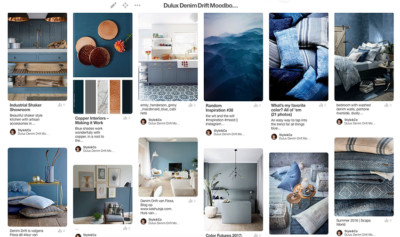
Step 3
The big investment pieces
Choosing the sofa and large furniture pieces – it is always worth taking your time. This will be your major expense and an item you may have to live with for a long time. Choosing neutral is the safe and flexible solution, but if you are feeling bolder and it’s a colour/style that you love – then be brave and go for it. I would suggest shades of muted blues, navy or natural linen would work well. You can also mix and match different prints and textures to add interest.
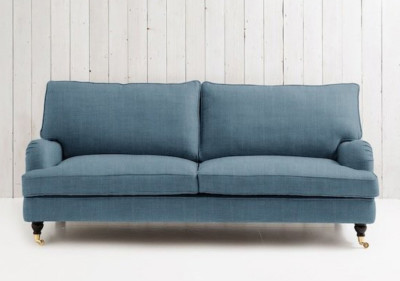
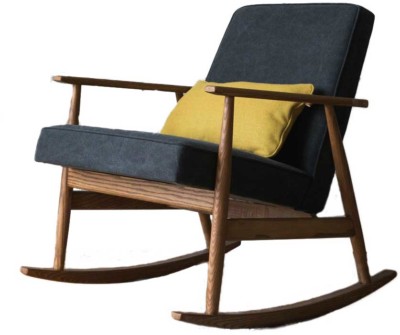
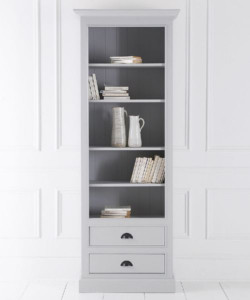
Step 4
The Accessories
The choice of smaller elements are important to the feel of the room. Choosing metals creates either a period or contemporary atmosphere. Chrome will give a modern edge, copper will make a contemporary statement and brass will give a more traditional feel. For my lighting I have chosen a slightly period/industrial fitting to give that mix of old and new. I have also chosen simple styled handcrafted ceramics by Ali Tomlin in off-white with swirls of muted blues. The clock in a grey slate bring another natural element into the room and its simple style adds to the mix of traditional and contemporary design. I have also added below this fun creation by engineer-artist Dan Morrison. The natural materials he uses would blend into this scheme and the designs he creates will definitely make you smile.
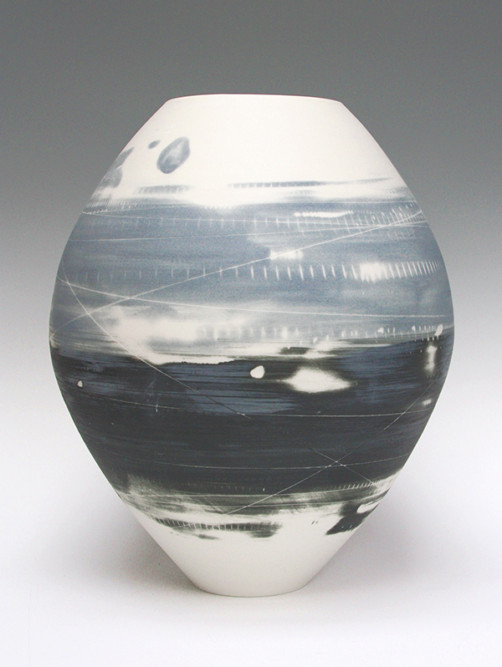
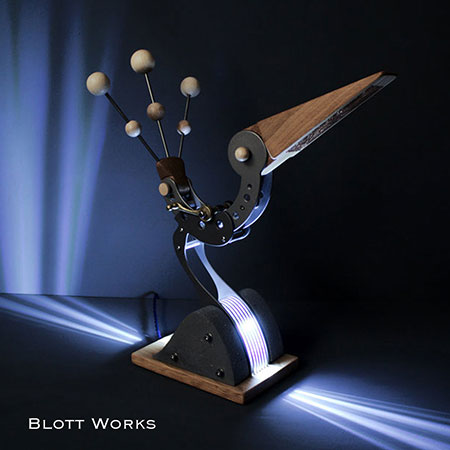
Step 5
Collect your samples
Bespoke – or ready made ? Decide on fabric type for example:- velvet, brushed cotton, wool mix or linen.
Then select a range of colours that will match or harmonise with your colour scheme. Most suppliers will have free samples and allow you to choose a selection free of charge. Rose and Grey supplied the samples for their Mid Century Rocking Chair and Love your Home enclosed the sofa fabrics in a neat little folder. The Paint samples for the bookcase are from Angel and Boho. They have twenty colour options and the chart has dabs of the actual paint, which I think is a great idea.
Natural wood can work just as well with this colour, something like a mid-tone natural oak. If you can’t find a painted furniture piece that you like and would prefer something more unique – have a look at some up-cycled pieces. There are some great contemporary up-cylers around at the moment – creating some unique, desirable furniture. They have the ability to create bespoke colours and react to the latest trends.
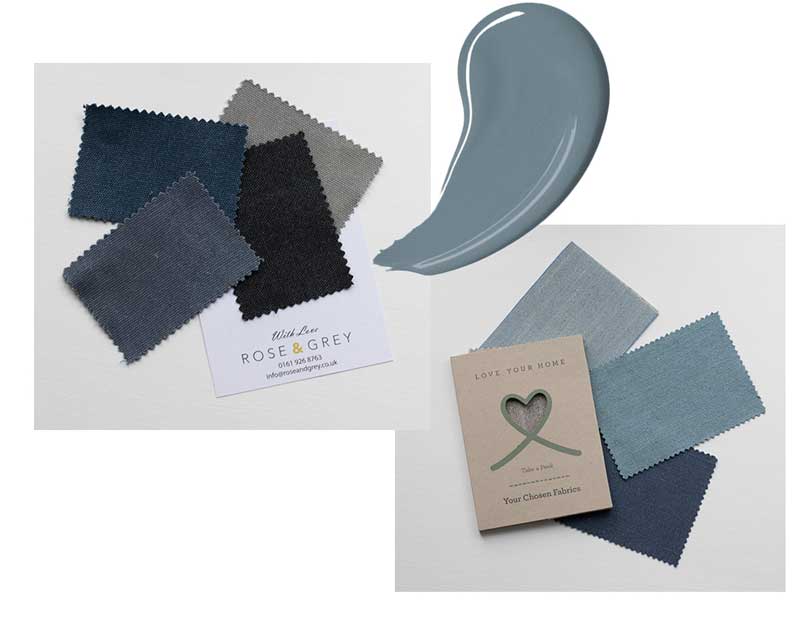
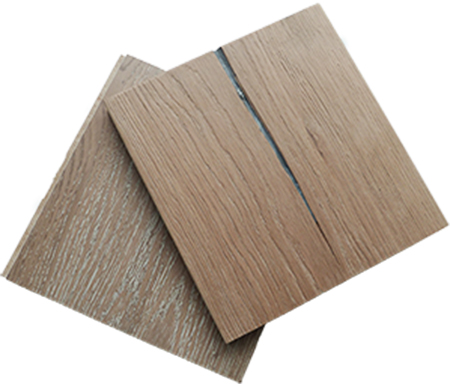

When looking for samples and matching up colours I usually use a plastic wallet or folder and carry my samples around with me. At anytime I have a chance to pop in to a store, search for fabrics or compare colours – I have them all to hand.
When you have all your samples together you can now be your own Interior Designer and create a moodboard to check out your designs.
Step 6
Create your mood board
As you can probably tell – I love creating mood boards – it’s the way you can really makes your ideas come to life. The mood boards we present are all carefully edited in photoshop to make a good composition. However, our initial ideas all start off as a collection of photos and samples fixed onto a board.
This is all you will need to do. Gather your photographs of furniture, samples of fabrics, flooring, paint colours and any artwork or sculptures that you want to include. An A2 piece of card or foam board should be big enough to display everything. If you don’t have photos of your furniture – don’t forget to grab a screen shot on a web page and print your own.
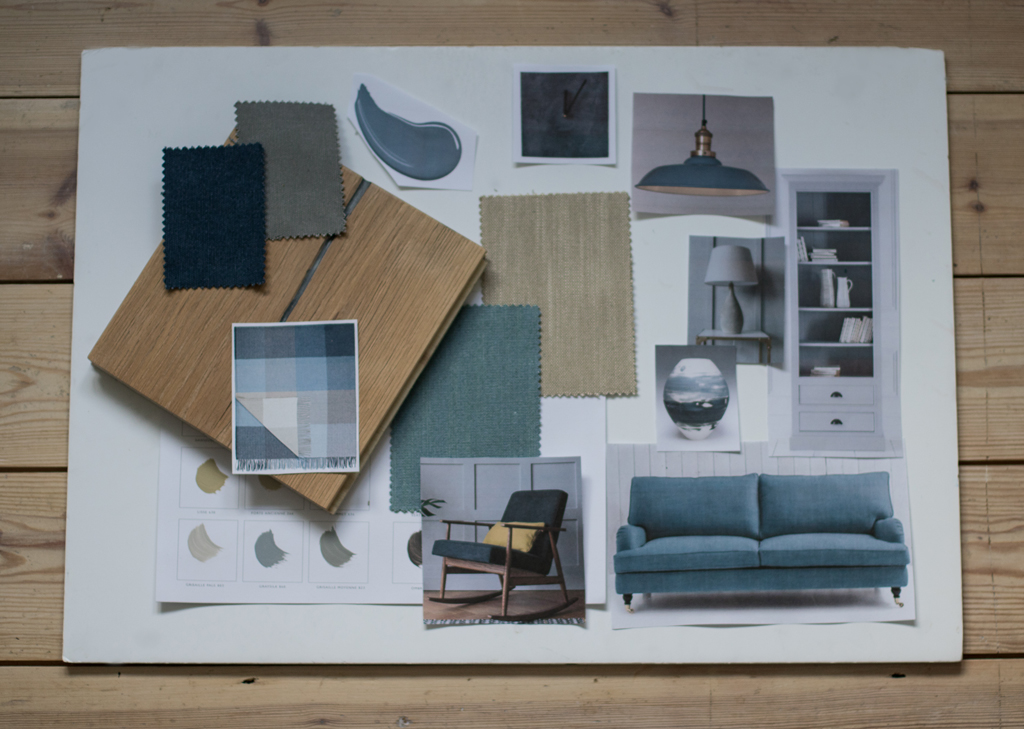
So there you have the 6 steps to creating your own design. We would love to see how you get on. So keep in touch and send us your own designs.
For further inspiration check out our mood boards or our Ultimate Style Guide and be sure to see some of the amazing designer/makers we have discovered.

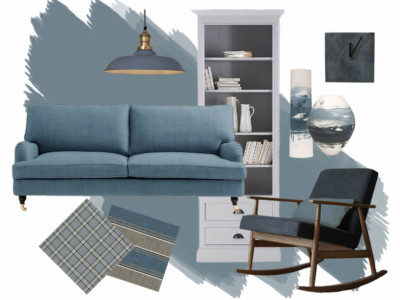


Leave A Comment